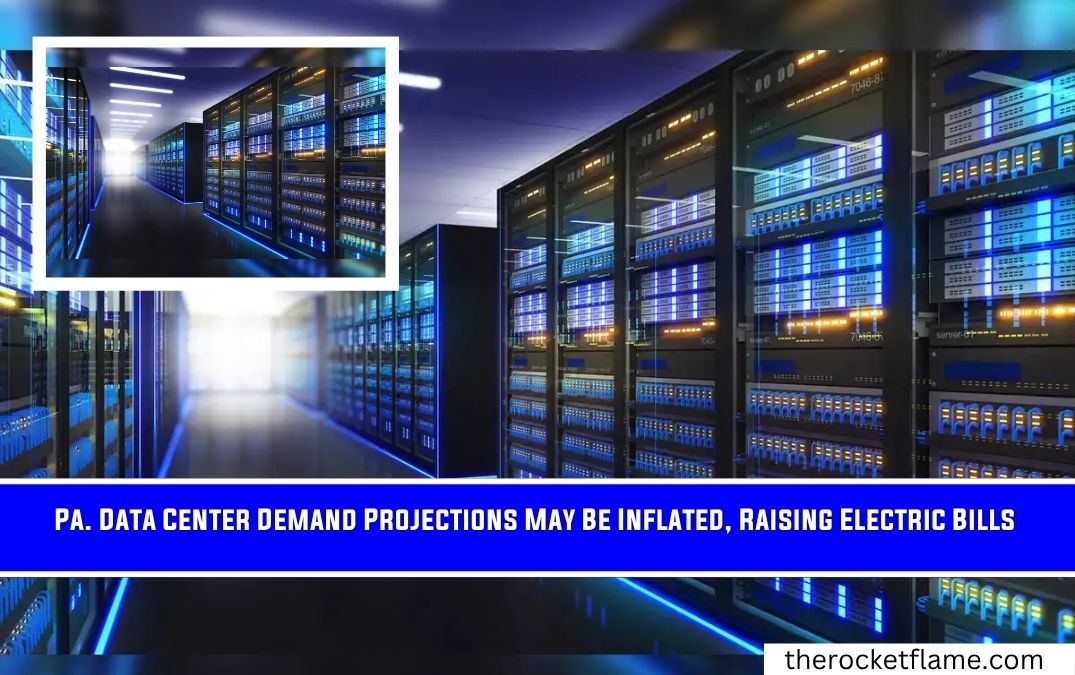Pennsylvania electric bills could soon reflect costs tied not to actual energy use — but to projected demand from data centers that may never be built.
A recent legislative hearing revealed that utilities may be overstating future energy needs, potentially inflating electricity prices across the state.
What Happened
A Pennsylvania state legislative hearing in May 2025 uncovered troubling claims: some electric utilities might be double- or even triple-counting proposed data centers and large-scale energy projects.
These inflated projections are being passed to PJM, the regional electric grid operator that manages energy planning for over a dozen states, including Pennsylvania.
Key Details
- PJM forecasts show a major spike in electricity demand, driven by the expected rise in data centers supporting artificial intelligence and cloud computing.
- Pennsylvania has been flagged as a growth hub due to its geography and low energy costs.
- However, utility companies may be submitting overlapping or speculative project data, creating a misleading picture of future demand.
Each utility holds a regional monopoly.
Data center developers may shop between utilities to find the fastest grid connection, resulting in multiple forecasts counting the same projects as “pending.”
This leads PJM to approve new grid projects based on potentially inflated demand, passing the costs on to consumers.
Reactions or Statements
The issue reflects a broader concern about how utilities report demand and how PJM uses that data to guide investment.
Critics argue the current process lacks transparency and accountability, potentially burdening Pennsylvanians with unnecessary energy costs.
Investigation or What’s Next
Lawmakers are now being urged to take action:
- Conduct an independent audit of all pending data center projections submitted by utilities.
- Revise the Public Utility Commission’s policies on demand reporting — only contractually committed projects should count.
- Demand greater transparency from PJM about how projections impact pricing and infrastructure spending.
These steps aim to protect ratepayers and restore trust in Pennsylvania’s energy planning process.
FAQs
Q: Why are Pennsylvania electric bills expected to rise?
A: Because utilities may be overstating energy demand, leading to costly grid upgrades and inflated energy prices.
Q: Who is PJM and why does it matter?
A: PJM is the regional grid operator that manages energy distribution and infrastructure planning in Pennsylvania and other states.
Q: What is “venue shopping” in this context?
A: It refers to data center developers inquiring with multiple utilities to find the quickest grid access, which may lead to duplicated demand projections.
Q: Are these data centers confirmed to be built?
A: Many are speculative. Some don’t have finalized contracts, yet they’re being used to justify major energy investments.
Q: What can lawmakers do?
A: Implement audits, reform how demand is reported, and ensure PJM justifies how it uses utility projections in energy planning.
Summary / Final Takeaway
Pennsylvanians may soon pay higher electric bills due to questionable demand forecasts tied to unconfirmed data center projects.
With overlapping and speculative figures being used to justify costly infrastructure expansions, lawmakers are being called on to intervene.
This situation highlights the urgent need for transparent and evidence-based energy planning to avoid unnecessary costs and protect consumers.












